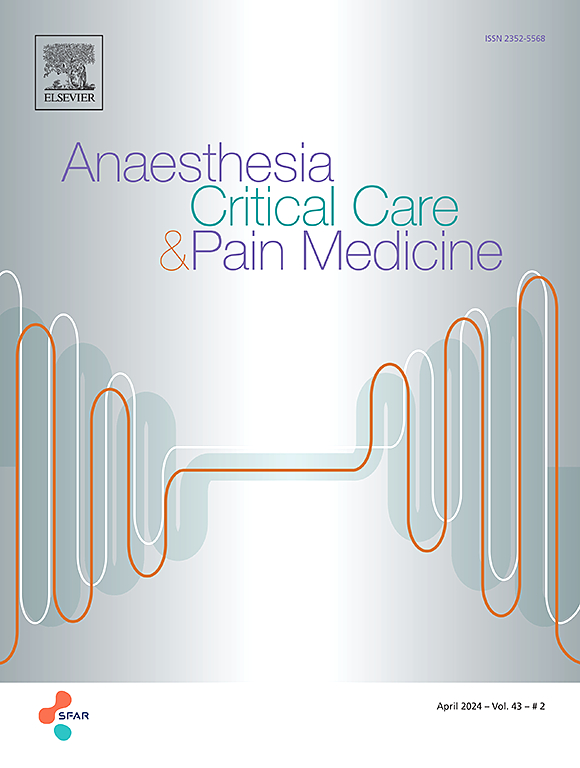Preoperative posterior quadratus lumborum block: determining the minimum effective ropivacaine concentration in 90% of patients (MEC90) for postoperative analgesia after laparoscopic myomectomy
IF 3.7
3区 医学
Q1 ANESTHESIOLOGY
引用次数: 0
Abstract
Background
Quadratus lumborum block (QLB) has gained traction as a regional anesthesia technique to manage postoperative pain following laparoscopic surgery. However, the 90% minimum effective concentration (MEC90) of local anesthetics for posterior QLB remains undetermined.
Methods
We conducted a double-blind, comparative dose-finding study involving 54 women scheduled for elective laparoscopic myomectomy under general anesthesia. Each patient received a bilateral posterior QLB with 20 mL of ropivacaine on each side. The concentration administered varied for each patient and was determined based on the response of the previous participant. The initial concentration was set at 0.20%. Upon successful block, the subsequent patient was assigned to receive either the same (probability of 0.89) or a 0.05% lower concentration (probability of 0.11). In cases of block failure, the concentration was increased by 0.05% for the next patient. The trial concluded when 45 successful blocks were achieved, with block success defined as a pain score of three or fewer 30 minutes after arrival in the post-anesthesia care unit.
Results
The 90% minimum effective concentration (MEC90) of ropivacaine was 0.340% (95% CI 0.329 to 0.344%).
Conclusions
The optimal concentration of ropivacaine for posterior QLB to achieve satisfactory analgesia following laparoscopic myomectomy is a 20 mL volume of 0.340% ropivacaine per side.
Registration
Chinese Clinical Trial Registry ChiCTR2200055743.
求助全文
约1分钟内获得全文
求助全文
来源期刊

Anaesthesia Critical Care & Pain Medicine
ANESTHESIOLOGY-
CiteScore
6.70
自引率
5.50%
发文量
150
审稿时长
18 days
期刊介绍:
Anaesthesia, Critical Care & Pain Medicine (formerly Annales Françaises d''Anesthésie et de Réanimation) publishes in English the highest quality original material, both scientific and clinical, on all aspects of anaesthesia, critical care & pain medicine.
 求助内容:
求助内容: 应助结果提醒方式:
应助结果提醒方式:


